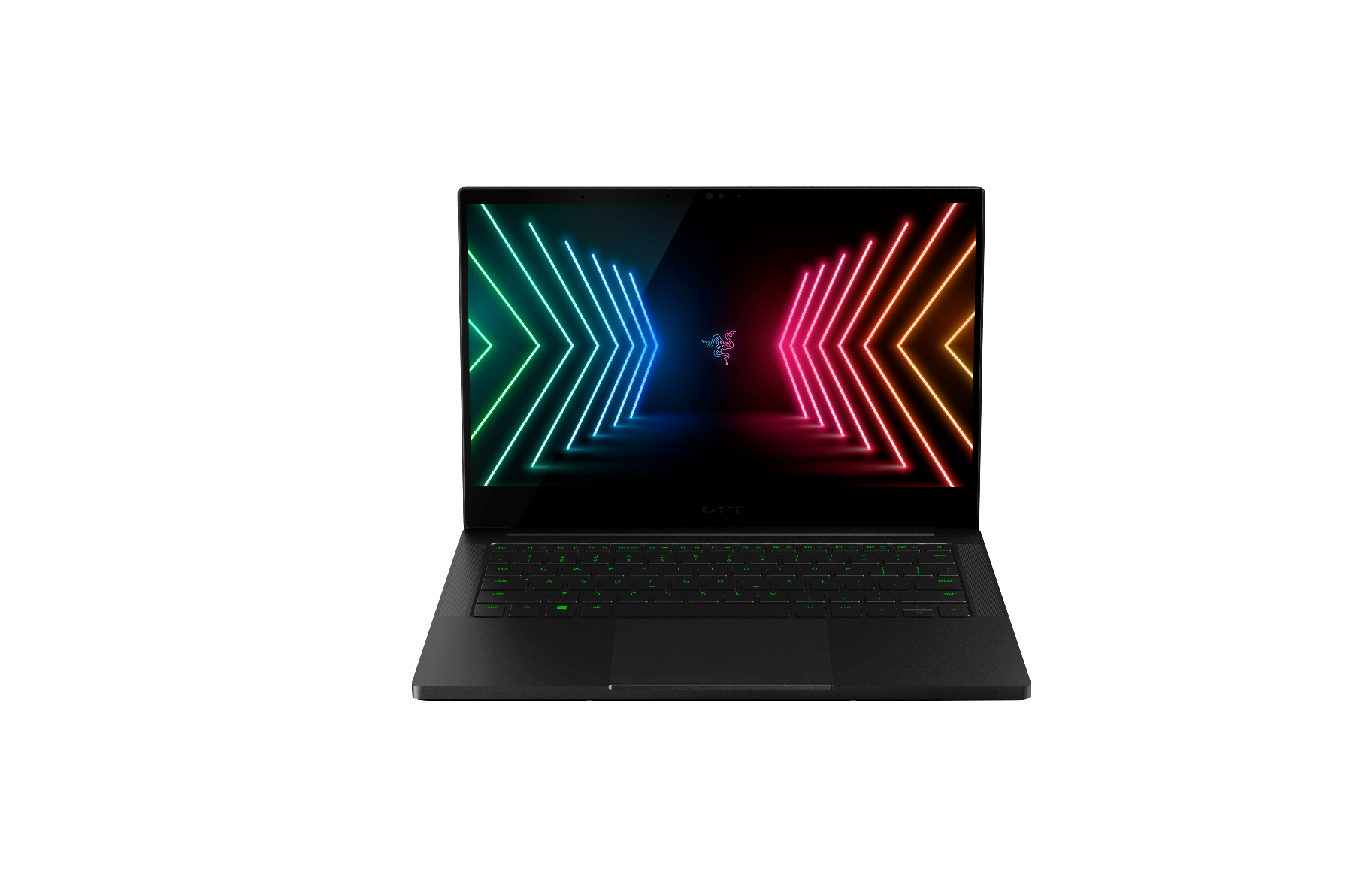Blade Stealth 13 Gets Tiger Lake This Month
Will it be enough to game on a 13-incher?
Razer today announced that it’s going to be bringing Intel’s new Tiger Lake processors to its Blade Stealth 13 line later this year, which will hopefully give the ultrabook the power it needs to make good on its promise to offer gaming-level performance in such a small form factor.
| Header Cell - Column 0 | 120Hz Model | OLED Model |
|---|---|---|
| Processor | 11th Gen Intel Core i7-1165G7 | 11th Gen Intel Core i7-1165G7 |
| Graphics | Nvidia GeForce GTX 1650 Ti Max-Q | Nvidia GeForce GTX 1650 Ti Max-Q |
| Display | 1920 x 1080, 120Hz | 1920 x 1080, OLED, Touchscreen |
| Memory | 16GB LPDDR4X-3733MHZ | 16GB LPDDR4X-3733MHZ |
| Storage | 512GB PCIe NVMe M.2 | 512GB PCIe NVMe M.2 |
| Dimensions | 12 x 8.3 x 0.6 inches | 12 x 8.3 x 0.6 inches |
| Starting Weight | 3.1 pounds | 3.1 pounds |
| Price | $1,799.99 | $1,999.99 |
| Release Date | October 2020 | October 2020 |
When we reviewed the 10th gen version of the Blade Stealth 13 earlier this year, we felt like it landed in an awkward space for an ultraportable, not able to live up to the best gaming laptops it emulates while failing to reach the same productivity prowess as cheaper competitors. The Tiger Lake version seeks to rectify that by upping the machine’s power significantly.

That means the Blade Stealth 13 will be upgrading to an 11th Gen Intel Core i7-1165G7 processor, while it will keep its GeForce GTX 1650 Ti Max-Q graphics card. It’s also going to upgrade to 16GB of LPDDR4X RAM (over the DDR4 of the 10th gen version) and will continue to come with a 512GB SSD.
Externally, it will look the same, which means it will also keep its dimensions and weight small. Audio’s also getting a boost, with 4 upward-firing speakers and THX spatial audio, which mimics surround sound. And with Tiger Lake comes two Thunderbolt 4 ports.
The refreshed Blade Stealth 13 will be launching later this October with two configurations- one with a 120Hz FHD screen and one with an OLED FHD touchscreen. The two models will be otherwise identical, with the former costing $1,799 and the latter coming in a touch more expensive at $1,999.
Get Tom's Hardware's best news and in-depth reviews, straight to your inbox.
Michelle Ehrhardt is an editor at Tom's Hardware. She's been following tech since her family got a Gateway running Windows 95, and is now on her third custom-built system. Her work has been published in publications like Paste, The Atlantic, and Kill Screen, just to name a few. She also holds a master's degree in game design from NYU.
-
JarredWaltonGPU My biggest problem with Razer laptops always comes down to the price and storage. For $1800, there's absolutely no reason to use a 512GB SSD -- but at least that's twice the capacity of the previous Razer Blade Stealth 13. Anyway, premium brands just need to stop with the BS corner cutting on storage and memory. Any laptop that costs over $1500 should have at least a 1TB M.2 NVMe drive and 16GB RAM. Period. 2TB and 32GB would be nice extras and should basically come standard on $2000+ laptops. I do love the OLED display, though I wonder if it's 60Hz or 120Hz? If you get used to a 120Hz or 144Hz display, shifting back to a 60Hz monitor (which are still most displays) feels yucky and sluggish.Reply -
Shadowclash10 Reply
Yep. It's interesting that the display isn't 4k OLED, as that's been Razer's recent take. I believe the Asus G14 was really good on the storage side - they offered 1Tb for like $1500 or something.JarredWaltonGPU said:My biggest problem with Razer laptops always comes down to the price and storage. For $1800, there's absolutely no reason to use a 512GB SSD -- but at least that's twice the capacity of the previous Razer Blade Stealth 13. Anyway, premium brands just need to stop with the BS corner cutting on storage and memory. Any laptop that costs over $1500 should have at least a 1TB M.2 NVMe drive and 16GB RAM. Period. 2TB and 32GB would be nice extras and should basically come standard on $2000+ laptops. I do love the OLED display, though I wonder if it's 60Hz or 120Hz? If you get used to a 120Hz or 144Hz display, shifting back to a 60Hz monitor (which are still most displays) feels yucky and sluggish.
